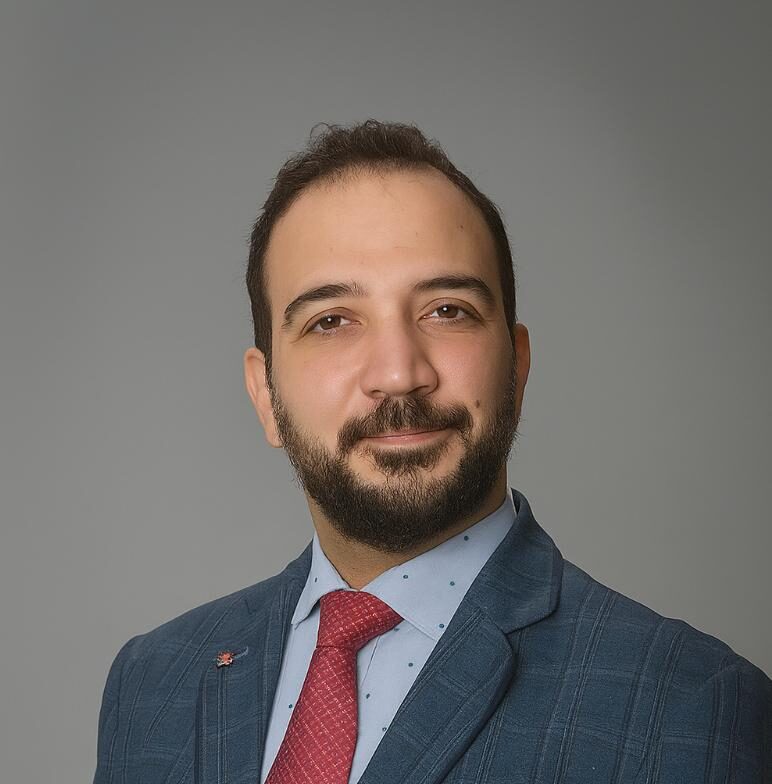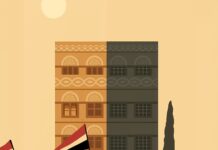The suicide attack on the Greek Orthodox Church of St. Elias in Damascus on 22 June, which resulted in the deaths of at least 25 worshippers, indicates that there are still factions willing and able to impose the doctrines and methodologies of Al-Qaeda in response to the evolving circumstances in Syria.
An unknown group identifying itself as Saraya Ansar al-Sunnah (Soldiers of the Sunnis), likely founded in early February, has claimed responsibility for the attack.
Although it is a group that is no longer affiliated with ISIS, its fundamental goals and stated rhetoric, which advocate for the aggressive and strict application of Islamic Sharia, generally align with the ideology and operational methods of ISIS. There are also both broad and specific similarities with al-Qaeda.
The Islamic State Lurks in the Syrian Desert
The emergence of the group, alongside numerous other jihadist factions operating in Syria, is significant.
It reflects the presence of scattered nuclei that thrive on a prevailing collective religious and political discourse, supported by their adherents, popular support bases, and sympathetic elites.
The repetition of ISIS-like activities raises important questions: is the group seeking an organised return to broad-based operations or are they are merely extensions of a jihadist culture deeply embedded in the region. If the latter is true, the group may find host entities and ultimately, the formation of a unified organisation in the medium term.
International Alerts: CENTCOM
Prior to the fall of Bashar al-Assad’s regime in Syria, the United States Armed Forces Central Command announced that ISIS is on track to more than double its numbers compared to 2023, confirming the presence of approximately 2,500 fighters deployed in the region.
Instead of remaining only in the central Syrian desert, where it had been gradually reorganising itself prior to the fall of Bashar al-Assad’s regime in December 2024, ISIS appears to have begun expanding its network.
The group is operating under its own name or through its affiliates, such as Hurras al-Din, to infiltrate sensitive conflict areas, including the Hama-Homs desert and the southern desert regions adjacent to Damascus, Daraa, and As-Suwayda. ISIS is also employing a strategy of continuous tactical withdrawal between southern and central Syria.
It is likely that ISIS’s relative recovery cannot be solely attributed to internal factors; rather, the group appears to be benefiting from the hasty and disorganised withdrawal of Iran and its allied militias from Syria, prior to the fall of Assad, which has resulted in a military vacuum.
The Situation Next Door: Iraq
In Iraq, the international coalition does not appear particularly concerned about ISIS for good reason.
Areas of influence under the group are relatively limited and the central Iraqi and Kurdish forces are conducting adequate operations to mitigate any threats, according to a coalition report. What also helps is the ongoing presence of Shiite militia activity as a counterweight in the emerging vacuum.
Nevertheless, areas in Kirkuk and certain regions of the Anbar desert, which connect to the Syrian desert of Badia, continue to experience some activity from the organisation.
Challenges the Islamic State Feeds On
Nevertheless, in Syria, the fundamental issue stems from several supporting factors that create a broader opportunity for jihadist terrorism to regain momentum.
Firstly, there is a possibility that ISIS may reconnect with defected elements from the organisation and become involved in the political process. This suggests that even if they assume new political positions, they might use these roles to establish networks that provide ISIS with disproportionate influence via state access of resources for activities.
Secondly, there are over 11,000 male detainees (on charges of belonging to ISIS) in detention centres controlled by the Syrian Democratic Forces (SDF). The 11, 000 detainees represent a potential ticking time bomb should any developments lead to their escape.
The Al-Hawl refugee camp, which houses more than 45,000 ISIS family members, is also a vulnerable point. The camp is subject to political manoeuvring for influence between the SDF and the central government backed by Türkeye. The camp is also home to thousands of children who may become part of a rising jihadist generation, raised in exceptional circumstances and trapped in a cycle of poverty due to their family backgrounds.
Together, these risks could be exacerbated if US President Donald Trump chooses to withdraw US forces stationed in areas east of the Euphrates. Such a decision would provide the organisation with a greater opportunity to re-expand.
ISIS’ Doctrine Without ISIS
Upon examining much of the rhetoric and actions of jihadist groups involved in the post-Assad era, one discovers content that is not significantly different from that of the Islamic State, even among those opponents of the organisation.
Foreign fighters allied with the new regime are guilty of committing actions rooted in the same doctrinal principles as those of the Islamic State and prior to it, al-Qaeda; the massacres against the Alawites last March, the targeting of Druze in Damascus, the effective incitement against Christians, the abduction of girls from religious minorities, the use of rhetoric to denounce Kurdish groups for their separatism, the labelling of groups as “heretics, apostates, infidels, or misguided”, and attempts to expand into Lebanon.
An Islamic (Sunni) State is the Dream
Previously, the Iranian religious revolution realised a dream among Shiites and some Sunni Islamists of establishing an Islamic system following the era of the caliphate. However, this aspiration did not fulfil the desires of Sunni jihadists due to sectarian differences and Iranian policies.
In any case, the existence of a state that embraced both local and foreign groups, led by an individual with a jihadist background who sought to present an acceptable regional and international model, is a dream come true for many Islamists and jihadists.
The new regime, led by Ahmed al-Sharaa who was previously known as a jihadist leader of al-Qaeda, is maintained by an alliance of Hay’at Tahrir al-Sham (HTS) alongside Syrian jihadist militias such as Jaysh al-Islam and Ahrar al-Sham, as well as foreign groups like the Turkistan Islamic Party and Ajnad al-Kavkaz.
State Legitimacy: Islamism in Syria Versus Afghanistan
Counter-terrorism efforts may view the current Syrian regime as a entity that manages the various jihadist groups within its borders, now dissolved (at least on the surface) and integrated, into the new army.
As has been the case in Afghanistan since the Taliban’s return to power, there will be a temporary international acceptance of any state legitimacy, that may otherwise be considered domestic terrorism, provided it does not extend beyond its geographic borders and maintains internal stability.
Western countries will inevitably condemn future internal violations and apply pressure through various means without resorting to drastic measures against the new regime.
International reporting on the history of the Syrian political elite formed a popular narrative during the Assad regime, however, narratives change and international civil society has backed down, owing to an improvement in the security situation in Syria, integration of Kurdish forces into the Syrian state, and international outreach alongside the U.S., GCC, and EU-27 following regime change.
Indeed, the presence of Syrian elites advocating for secular than theocratic tendencies could provide Syria with a distinct advantage over previous examples: Afghanistan. Perhaps, this could compel the current de facto regime to confront or at least mitigate, al-Qaeda-inspired doctrines.
Al-Sharaa's measured political rhetoric, although it may merely be a tactic for political survival, indicates that those in power recognise the threat that religious extremism poses to the future of their regime.
Post-ISIS Jihadists
It remains to be seen whether the various groups, many of whose members come from backgrounds linked to terrorism, will be satisfied in the medium term with any modified version of the religious system.
There is a real possibility since some of the fighters were engaged in a deadly conflict with one another prior to the operation to overthrow the former regime deemed the ‘Operation for the Deterrence of Aggression.’
Interest-based differences among jihadist groups may gradually evolve into armed statelets within Syria. This development could not only bolster support for ISIS but also give rise to new jihadist entities that may, at some point, coalesce into a single organisation that inherits the legacy of the Islamic State, much like the latter inherited from al-Qaeda.
Time will tell whether ISIS 2.0 rises from the ashes or whether the new Syrian regime keeps to the script.
Read the Latest Articles on DET!
Currency as Strategy: Syria’s Regional Pivot by Money
From Terrorists to Rebels: Hay’at Tahrir al-Sham
Tartus: Syria Eyes Up European and Emirati Integration






